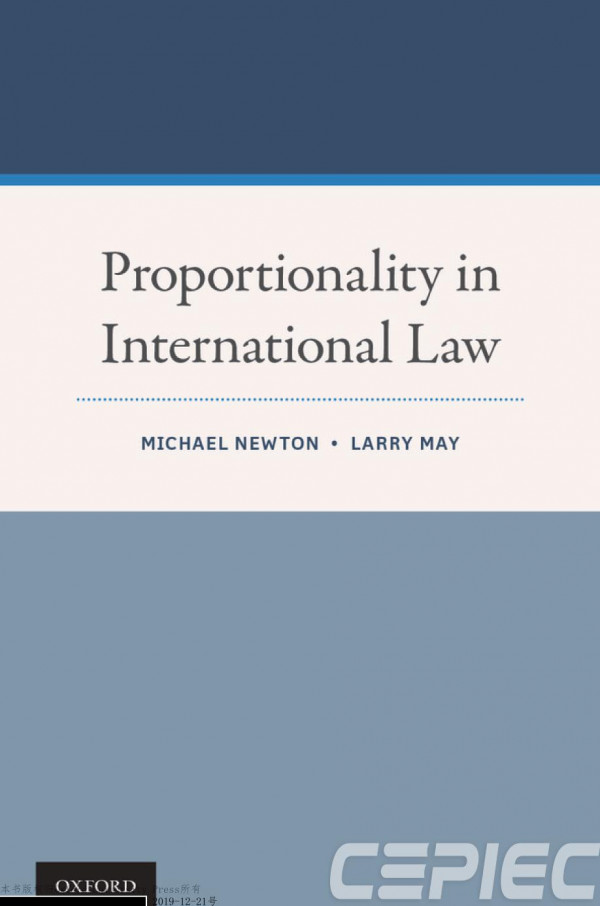

Most ebook files are in PDF format, so you can easily read them using various software such as Foxit Reader or directly on the Google Chrome browser.
Some ebook files are released by publishers in other formats such as .awz, .mobi, .epub, .fb2, etc. You may need to install specific software to read these formats on mobile/PC, such as Calibre.
Please read the tutorial at this link: https://ebookbell.com/faq
We offer FREE conversion to the popular formats you request; however, this may take some time. Therefore, right after payment, please email us, and we will try to provide the service as quickly as possible.
For some exceptional file formats or broken links (if any), please refrain from opening any disputes. Instead, email us first, and we will try to assist within a maximum of 6 hours.
EbookBell Team

4.8
44 reviewsProportionality, along with distinction, necessity, and humanity, make
up the chief principles that have been thought to govern armed conflict for hun-
dreds of years. There has been a close relationship between the work of philosophers
writing in the Just W ar tradition and lawyers who work in international law, espe-
cially today in international criminal law. Proportionality is debated in these two
domains but also, very importantly, in military academies and in boot camps where
those who are assigned the task of fighting armed conflicts are told that if they act
disproportionately they will face legal proceedings afterwards. Conduct later seen
to be disproportionate also raises a host of political and operational complications
that commanders know are best avoided if at all possible. It is our goal to provide a
comprehensive and also understandable analysis of proportionality that is useful for
those who often must make tragic choices during armed conflict.
The authors of this book bring diverse expertise to the topic of proportionality
in international law. The book seeks to meld abstract philosophical and legal analy-
sis with very specific and highly emotive contemporary combat cases. The cases are
discussed largely from the perspective of those who must make decisions, often in
the midst of armed conflict. W e hope to bring to the proportionality debate both
analytic rigor and also sensitivity to facts on the ground. W e will succeed to the
extent that we impart more clarity to our readers about what proportionality has
meant and what it could mean going forward as well as encouraging our readers to
appreciate the very difficult task of making proportionality assessments, often while
bullets whiz overhead.